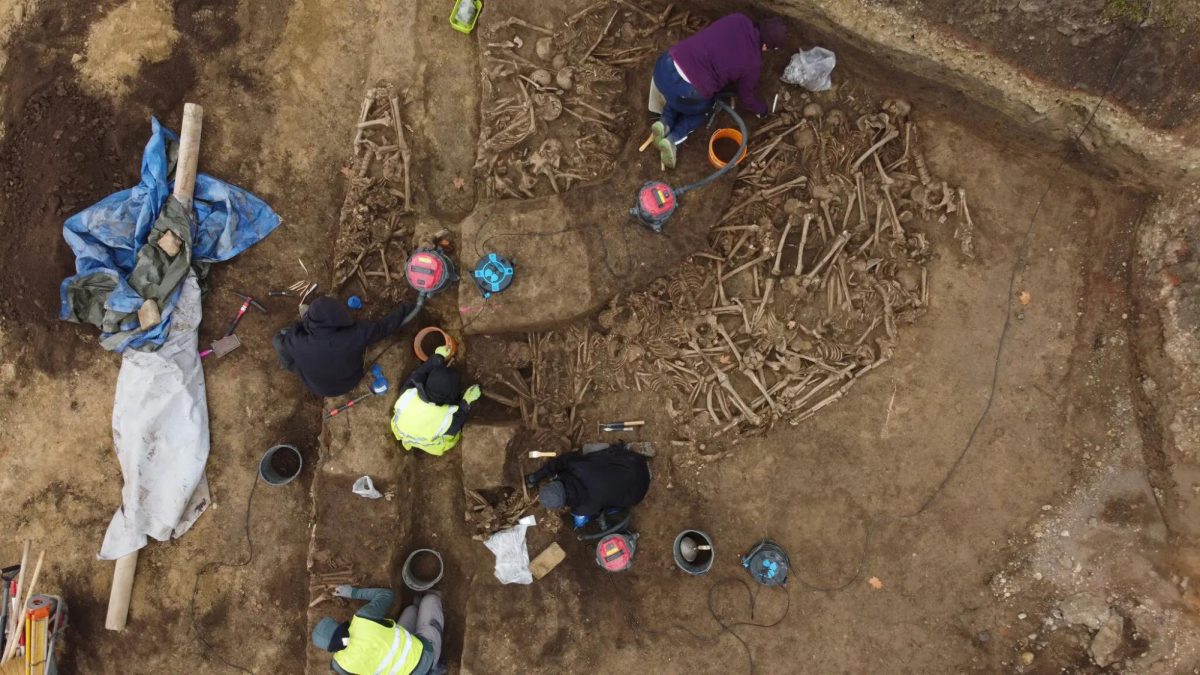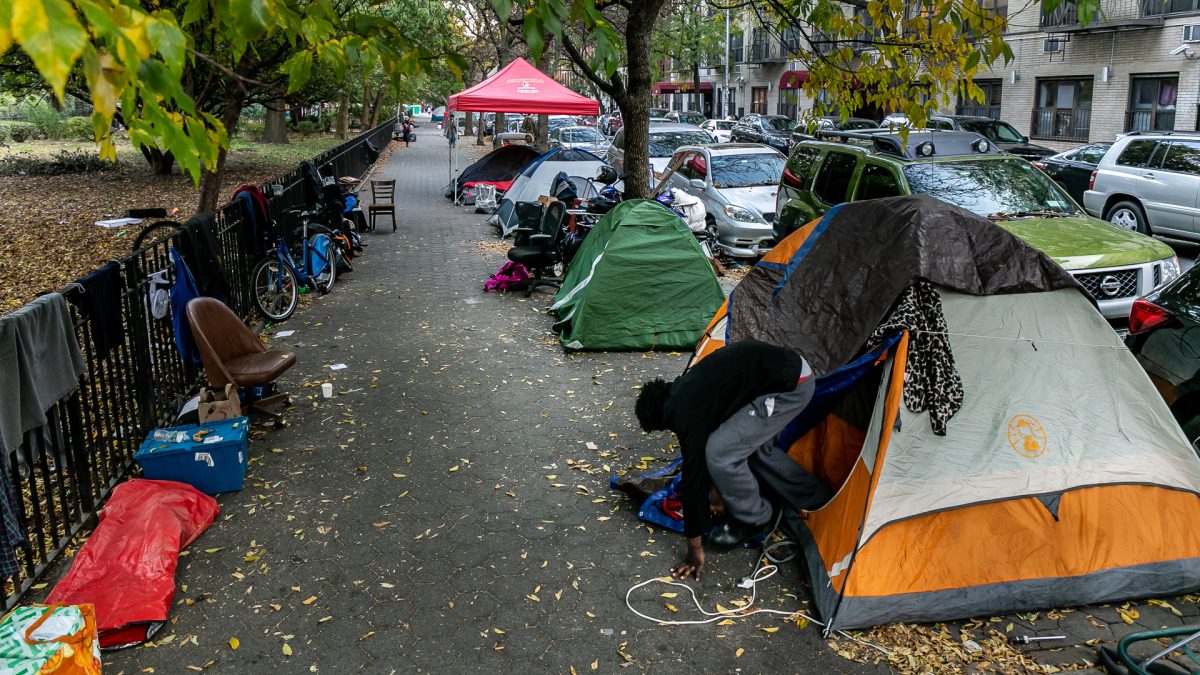MAUMERE, Indonesia (AP) — Indonesia’s Mount Lewotobi Laki Laki unleashed towering columns of ash into the air on Thursday, in an even larger eruption than the one that killed nine people and injured dozens of others three days ago.
There were no immediate reports of casualties from the latest eruption. The 1,584-meter (5,197-foot) volcano on the remote island of Flores shot billowing columns of ash 11 times on Thursday, with the latest and largest rising 8,000 meters (26,240 feet), said Hadi Wijaya, the head of Center for Volcanology and Geological Disaster Mitigation.
The volcano had shown less activity since last Monday’s deadly eruption killed nine people and injured 64 others. Monday’s eruption affected more than 10,000 people in 10 villages. About 4,400 villagers moved into makeshift emergency shelters after the eruption, which destroyed seven schools, nearly two dozen houses and a convent on the majority-Catholic island. Volcanic materials, including smoldering rocks, lava and hot, thumb-size gravel and ash were thrown up to 7 kilometers (4.3 miles) from its crater on Monday.
While visiting the devastated areas, officials found craters where rocks fell during eruptions, up to 13 meters (43 feet) wide and 5 meters (16 feet) deep, in several places including a destroyed school. “It shows a difference in characteristics from the previous eruption in January,” said Wijaya, head of the volcanology center.
He added that the earlier eruption mostly unleashed volcanic materials around the peak, followed by lava flows. “We are still analyzing the change of Lewotobi’s eruption character, which will be used by the government to determine a safe relocation site for residents,” Wijaya said.
He said his agency has asked the local government of East Nusa Tenggara province to close the only road connecting Maumere, the island’s largest city, to the neighboring district of Larantuka, as it passes through the volcano’s danger zone.
The country’s volcano monitoring agency increased Lewotobi Laki Laki’s alert status to the highest level and more than doubled the exclusion zone to a 7-kilometer (4.3-mile) radius on Monday, prohibiting any activity in that area.
Authorities warned the thousands of people who fled not to return home, as the government planned to move about 16,000 residents out of the danger zone, said National Disaster Management Agency head Suharyanto, who like many Indonesians uses a single name. “Permanent relocation is considered as a long-term mitigation measure to anticipate an eruption in the future,” Suharyanto told reporters after visiting the devastated areas Thursday.
He said residents of the hardest-hit villages would be relocated within the next six months, and each family waiting for a new house will be compensated 500,000 rupiah ($32) per month. About 6,500 people were evacuated in January after Mount Lewotobi Laki Laki began erupting, spewing thick clouds and forcing the government to close the island’s Fransiskus Xaverius Seda Airport. No casualties or major damage were reported, but the airport has remained closed since then due to seismic activity.










































